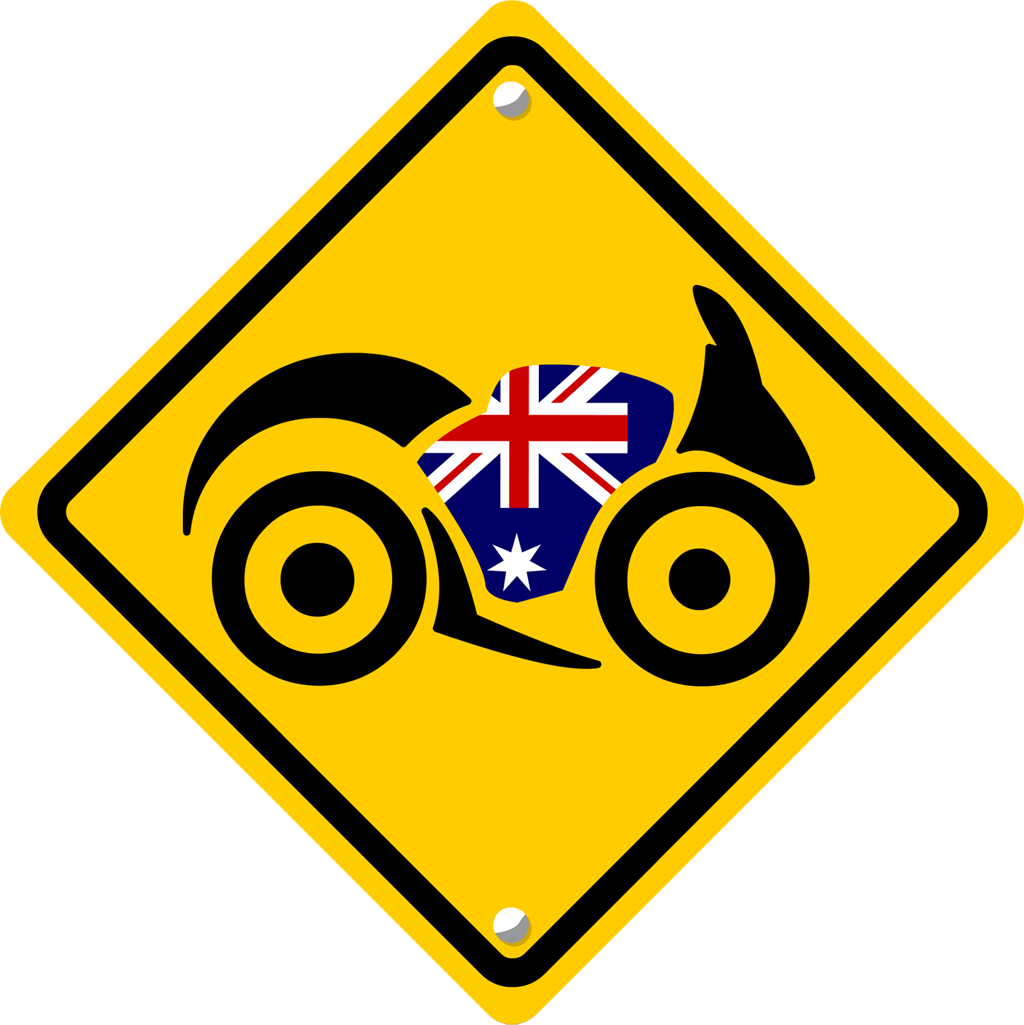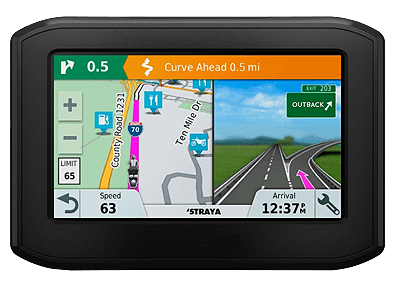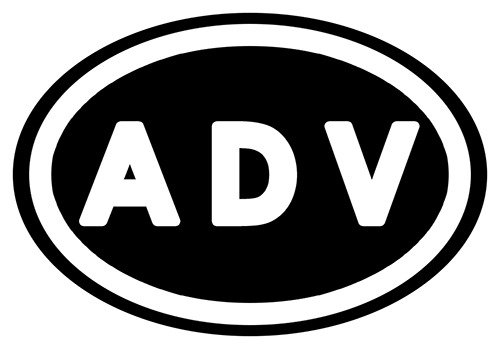ADVICE AND INFORMATION
Whilst we don't claim to have visited absolutely every inch of Australia, we've seen more than our fair share. We've ridden the highways, rattled along the tracks, powered through the deserts, ranged up the mountains, slipped through the valleys and roamed deep into the Outback.
The information provided here is intended to give you some knowledge to help you stay safe in country, a bit of background to main states and we've also aimed to explain some of the more potentially confusing aspects of hiring a bike in Australia.

MORE ADVICE AND INFORMATION
-
GENERAL ADVICE
-
BIKE SETUP
-
DOCUMENTS
-
INSURANCE
-
SECURITY BOND & EXCESS EXPLAINED
-
GPS, SAT-NAV AND DIGITAL MAPS
-
SELF-GUIDED TOUR NAVIGATION
-
LUGGAGE TRANSPORT
-
BREAKDOWNS & SERVICE PLEDGE
-
CANCELLATION POLICY EXPLAINED
-
OTHER FEES, TOLLS, FINES ETC.
-
BOOKING TERMS & CONDITIONS
STATE GUIDES
-
STATE GUIDE:
NEW SOUTH WALES
-
STATE GUIDE:
VICTORIA
-
STATE GUIDE:
QUEENSLAND
-
STATE GUIDE:
WESTERN AUSTRALIA
-
STATE GUIDE:
SOUTH AUSTRALIA
-
STATE GUIDE:
TASMANIA
-
STATE GUIDE:
NORTHERN TERRITORY
GPS, SATELLITE NAVIGATION AND DIGITAL MAPS
A GPS is useful but by no means essential for our self-guided tours. Most Australian towns are relatively small and easily navigated around without a GPS. There’s generally a visitor centre in every town and they will be able to provide detailed advice and free maps of the area. If you arrive late and it has closed then simply stop and ask someone for directions and they will almost always be keen to help. Fuel service stations are good to look for as you can stop safely and staff will be on hand to help.
The major cities can be more complicated but they are well signposted and with a little preparation a GPS isn’t necessary here either. They are helpful however and are available from most depots. Just ask if you haven’t booked one but would like to order one for your trip.
One problem with GPS units is that they usually take you on the most direct route. If you just punch in your destination at the beginning of the day you may miss out on the best scenery and riding roads.
We’d like to be able to program a GPS with the route for you but it’s just not possible for the reasons explained in the Appendix below the map links. I’m sorry we can’t do this for you. If you’d like to understand the reasons why, have a read of the information below for more details.

Smartphone navigation:
We have spent many weeks, months and now years trying to find a perfect ‘app’ for smartphones that allows you to get turn by turn voice directions for a route imported from a mapping application, created from within a web browser. You’d think it would be easy but there just isn’t one! If you know of one please let us know! We’d be forever grateful!
Our best solution at the moment is to use Google Maps as it involves no extra app downloads, additional software or purchases for anyone. We’ve put a comprehensive guide together explaining how to use the map links we’ll send you for a self-guided tour which you can view in detail here. Or by selecting the relevant link at the top of this section.
Bear in mind that there will be data charges which may be high if you are ‘roaming’ without an Australian sim card. Get these from any phone shop of which there are usually several in any medium sized town.

So what’s the best way to navigate then?
A full tutorial can be found in the ‘navigating on tour‘ section of the website here.
Google Maps is a useful solution for navigation using your smartphone. You can create routes, save them and let Google provide turn-by-turn navigation. If you’ve booked a Self-Guided Tour then click the link supplied for that day and open it in Google Maps on your phone. It will show a start and destination with ‘stops’ in between. If you click on the ’stops’ it will open the list of stops for you to see.
You’ll only be able to preview the route if you aren’t near the start location. When you are physically close to the start it will show you the option to ‘Start’.
Once under way Google Maps will take you on the route to the next stop. When you arrive at the location it will tell you and ask if you’d like to ‘Continue’. Press that and it will take you to the next ‘Stop’. Note that if you take a wrong turn it will adjust your route to take you to the intended stop. If you’d prefer not to visit that one, press the ’X’ and it will give you the option of missing that stop out.
Note that if you don’t have a phone holder you can navigate using the phone in your pocket with an ear bud. It takes a while to gain confidence not seeing the route but it works!
You can download maps of each area with Google Maps so that you don’t use data but you may want access to data/phone anyway during your trip. Either buy a local sim or use ‘roaming’ although be aware of possible costs for that. Telstra has the best coverage in Australia and has shops in all major cities/towns. Another option is an e-sim such as those sold by https://www.airalo.com/ but be aware that they may not use the Telstra network and so have fewer areas covered especially in remote regions.
PLEASE NOTE: Google isn’t 100% up to date especially in remote areas. Use common sense and check yourself with a road atlas now and again!
Pre-programming your GPS – why we can’t currently do it:
In an ideal world we’d load your digital map routes onto your GPS unit but there are some major hurdles to overcome with this and we hope this explanation helps with your understanding of the reasons why we can’t offer this service at the moment.
We are proud to offer over 60 routes around Australia but, even with this range, over 90% of clients’ self-guided tours require the routes to be tailored in some way either to their dates or route preference. It is rare that a tour is ‘standard’ as per this website and of those that are, most have to be adjusted as our first choice of accommodations are often not available in every town.
Almost every tour is different either due to route changes, the number of days taken or the accommodation booked. This highly personalised service makes the tours really easy for you to arrange as all the necessary organisation and adjustments are left to us. You don’t need to be aware of the issues and making the tour specific to you is what makes a self-guided tour such a good solution!
You also have to bear in mind that not everyone prepares as well as perhaps they should for the trip. Imagine we enter a series of standardised routes into the GPS and end each day at the usual hotel for that route. We then tailor a client’s tour but due to their dates and availability of accommodation they need to stay in a different nearby town and different accommodation. There will be a percentage of people that simply follow the GPS and ignore any information we may provide them about their route being different to that in the GPS.
To stress the point, the most common ‘urgent’ question we have the day or two before bike collections is “where do we pick up the bike?”. This means that clients have travelled to Australia and only then check where to collect their motorcycle. If they haven’t read the vital information such as collection address imagine the problems that could occur if they don’t read less important information relating to their pre-loaded GPS routes and accommodation addresses!
The highly tailored nature of our self-guided motorcycle tours means that it would be a very time intensive task to load each client’s tour individually onto a GPS unit. The central booking office here services the whole of Australia and with busy depots in each city it’s just not realistic to have a member of staff in each depot, expert in every possible route across Australia. Bear in mind some tours take clients on 90 day trips around the entire continent.
These are the reasons that I’m afraid we don’t advertise and offer a service to load the GPS with the route for you. If we stuck rigidly to only 4 or 5 set routes from each city and always used the same accommodations then life would be much easier, but we try to be as flexible as possible for you with routes ranging from 3 days to 3 months this makes GPS programming issues much harder to solve!

